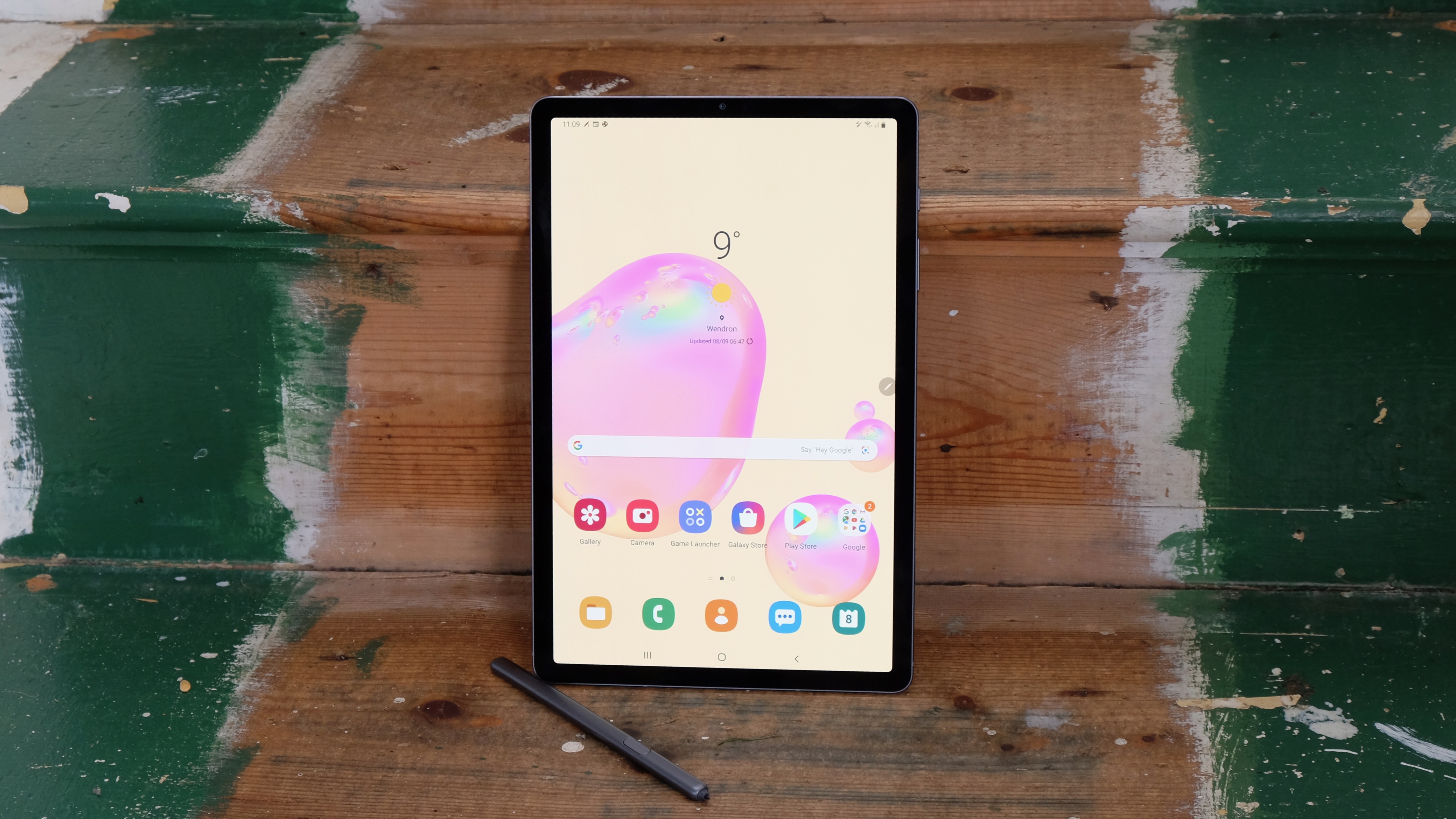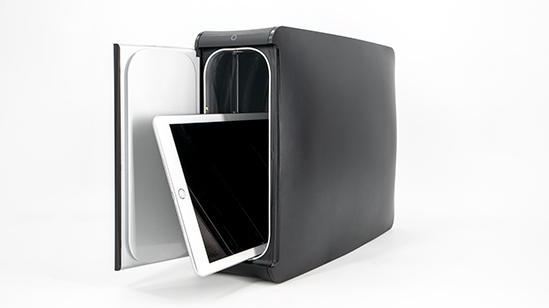How to clean your iPad or tablet

The most important gadget to clean is your phone. It’s in your pocket most of the day, and you probably check it more often than you think. However, it’s also a good idea to clean your tablet regularly, particularly if it is a family device that partners, kids or housemates use.
For those worried about coronavirus, which is surely all of us by now, it’s a good idea to wash your hands thoroughly with soap and water whenever you get home. This minimizes the chance of any viruses making it onto your kitchen or living room surfaces, and onto your tablet in the first place.
Not everyone keeps their iPad or other tablet at home, though. And who knows where the kids’ hands have really been?
A little advice
We’ll take a look at the best methods for cleaning your tablet in a minute. But first, there’s one main piece of advice to follow no matter the route you take.
Keep droplets and splashes of water away from the charging socket, headphone jack, speaker grilles and volume buttons. No iPad has an IP rating, the standardized system used to categorize water resistance, and most other tablets - including the popular Samsung Galaxy Tab S6 - don’t either.
The iPhone 11 has an IP68 rating, for example. This means it can withstand submersion in water at a depth of up to 2 meters for 30 minutes. But tablets are not meant for this treatment.

Soap, say the pros
Apple recently updated its handy advice on what not to use when cleaning your iPad. “Don't use window cleaners, household cleaners, compressed air, aerosol sprays, solvents, ammonia, abrasives or cleaners containing hydrogen peroxide to clean your iPad,” it says.
Sign up for breaking news, reviews, opinion, top tech deals, and more.
Apple wants us to use a “soft, slightly damp, lint-free cloth” but that isn’t going to cut it if we want to make sure our tablets are free from coronavirus and nasty bacteria. We talked to a professor who studies contagious disease to find out why, and what will do the job of keeping you safer from coronavirus better.
“Water itself doesn’t inactivate or ‘kill’ viruses but simply washes them away,” he says.
“Soap is far superior because it contains fat-like substances. Viruses themselves are composed of genetic material (RNA), proteins and fats (lipids). When soap interacts with viruses the fat-like substances in the soap compete with the viral lipids and cause the virus to break down.”

To say soap 'kills' the virus may be slightly off the mark, as viruses are often described as inhabiting a strange space between a living and non-living entity. However, soap damages the virus to the extent that it can no longer insinuate itself into your body and replicate.
So now we just need to meld our expert’s advice with Apple’s own. Wet a lint-free cloth and apply some soap. Wipe down your tablet’s screen and back panel. And if you haven’t gone too crazy on wetting your cloth, you don’t have to worry about getting the ports wet even if you wipe over them directly.
Don’t want any (inoffensive) soap residue left on your tablet? Just do as Apple suggested in the first place and either rinse out and wring the cloth, then wipe again, or use a new moist cloth.
Boozed-up
If you’re looking to clean your iPad or other tablet on the go, you might be tempted to use some alcoholic hand cleanser, the kind that evaporates and therefore does not leave your hands feeling soapy. But should you?
“Alcohol gels are different because instead they contain a high concentration of alcohol (ethanol) that kills viruses,” says our professor expert.
“A bonus of soap however is that when you wash with water you can cover a large surface area. So the preference is always to be using soap and water where possible. If not, then alcohol gel with a good technique is also fine.”
There is an extra factor to consider here, though. Solutions with a high concentration of alcohol are likely to damage the oleophobic coating of your tablet’s screen.

This is the layer that stops your fingerprint smudges from being too obvious on the display. Apple says it is normal for the effectiveness of this layer to diminish over time, we presume because your finger swipes simply wear away this layer.
A high alcohol content solution or wipe will speed this process up dramatically, so avoid using them on the screen unless your tablet has a screen protector. That can be replaced if cleaning alters its top layer a little. Display glass can’t, not easily anyway.
A lighter approach
There’s another option too, a UV bath. Most of these are made for phones or small items, but there is one for larger items too. It’s PhoneSoap’s HomeSoap. You can also use it to sanitize your Nintendo Switch.
It floods your larger gadgets with UV light, which damages viruses by altering their RNA and DNA. This same effect is why you might wear a UV-blocking suntan lotion. ‘UVB’ light is what damages your skin when you’re out in the sun for too long.

Good news: devices like HomeSoap use UVC light, which is fine for us humans but kills bacteria and causes viruses to become inactive. So, could this be the best choice?
“Looking at the impact of sunlight on SARS it seems to slowly inactivate the virus over time whereas soap and disinfectants do this almost immediately,” says our expert.
So the HomeSoap should be effective if you leave your tablet in it for some time. It will be a little hard to get hold of at the moment too though, as PhoneSoap currently lists the HomeSoap’s status as a ‘preorder’, shipping in June 2020.
It’s a neat gadget, but for now the best solution is to use soap and water. And just remember, be careful about keeping water away from those openings.

Andrew is a freelance journalist and has been writing and editing for some of the UK's top tech and lifestyle publications including TrustedReviews, Stuff, T3, TechRadar, Lifehacker and others.